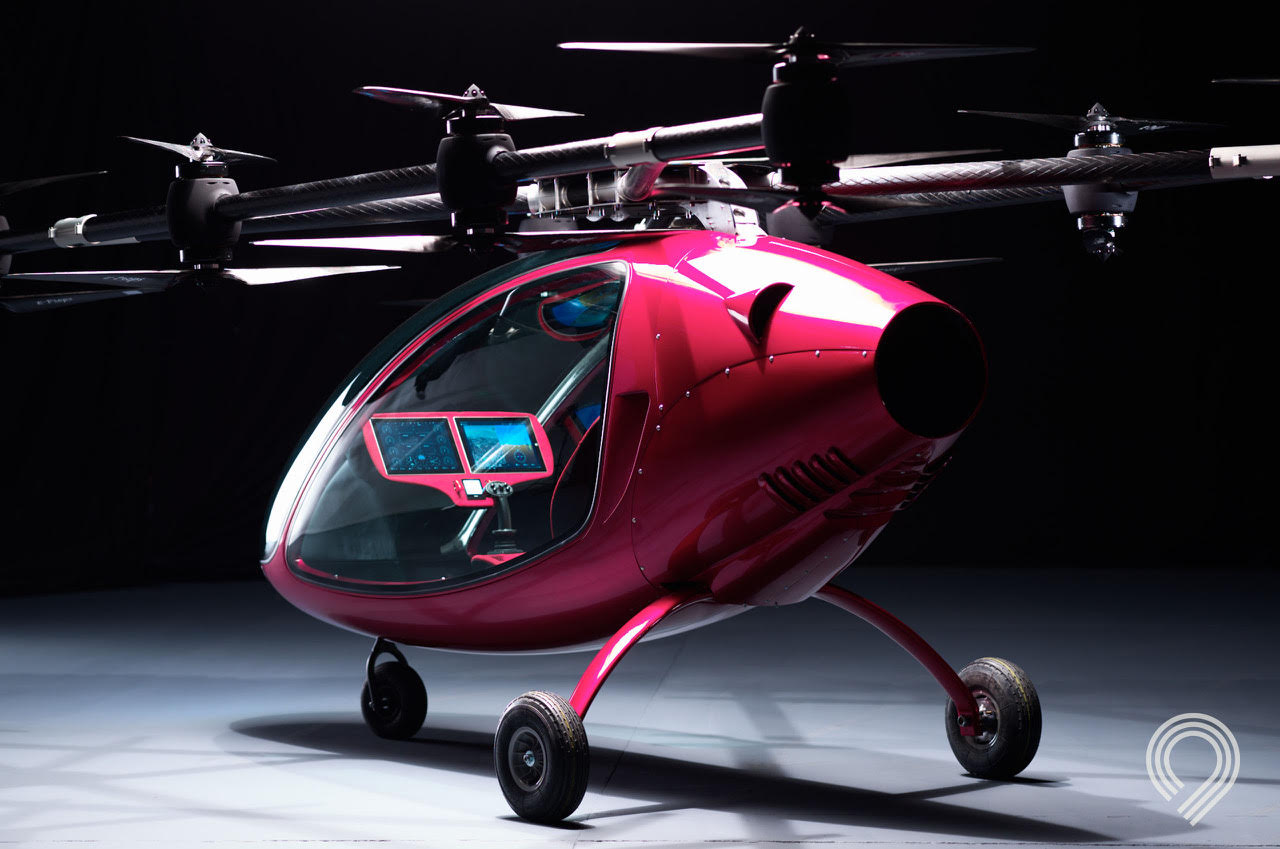Astro Aerospace, the company creating autonomous aerial vehicles and drones, has announced its partnership with Paterson Composites, the carbon composite manufacturer that has worked with notable companies such as Aurora Flight Sciences (a Boeing company), Multimatic Technical Centre, Carbon Marine and Synaptive Medical.
In addition to the partnership, Rob Paterson, president and CEO of Paterson Composites will build components on the Astro Aerospace Passenger Drone, a state-of-the-art aerial transport vehicle that enables passengers to fly manually or autonomously.
Paterson Composites has experience building composite components for aerial vehicles across the aerospace, defense, medical, and marine industries with particular experience in aerial vehicles. Specializing in carbon fiber, Paterson Composites will work with Astro Aerospace to construct the entire airframe of the Passenger Drone including the cockpit, frame, and propeller blades.
Rob Paterson will be joining Astro Aerospace as an adviser to the design team, bringing with him a select group of industrial engineers that will join the development team. He is a leading industry expert that has experience in crafting teams of specialists, designers, and engineers. As a seasoned businessman, he has led some of the world’s most complex design structures and construction formats, working closely with both robotics and composites for over 10 years.
“I’m pleased to be joining the Astro Design Team as its newest advisor, and look forward to offering my expertise to a project that will propel the aerial industry forward and take vehicular production a step into the future,” said Paterson. “I plan on helping the Passenger Drone project excel using many years of project management experience, a passion for engineering and design, and a personal commitment to creating innovative products for the world.”
The Astro Aerospace Passenger Drone is eco-friendly and emission-free, and its touch flight control enables passengers to fly manually or autonomously. The fully-functional prototype includes VTOL capabilities and hosts 16 individual rotors to maximize safety and performance.
The drone is designed to reduce aircraft weight and magnetic interference using fiber-optic technology, and the exterior is built with carbon fiber materials. Paterson Composites together with Astro Aerospace will build the second version of the Passenger Drone which will available for purchase by the public upon production completion.
“We are elated by our new partnership with Paterson Composites, specialists in the work of carbon fiber, who will undoubtedly enable us, as a team, to build an aerial vehicle capable of awing and serving the world,” said CEO of Astro Aerospace, Bruce Bent. “We are also looking forward to the addition of Rob Paterson to the Astro Aerospace design team as its newest adviser. His guidance and project management skills, which will be placed towards the construction of the Passenger Drone, are highly respected, credible, viable, and of course, appreciated as we embark on this journey.”






When can I buy one
Good morning all:
I have a few questions:
– What date is expected for having this project available for users?
– How many people can ride inside the drone?
-Which country is going to be use it first?
– Drone autonomy?
It will be very interesting to see what the control computer is programmed to do in an unanticipated situation. How will it handle exceptions, such as objects blocking the landing space or unanticipated wires or other structures in the flight path. Also, how will the control computer deal with overloads and unanticipated urban wind conditions from buildings. Those are all fairly common urban hazards.